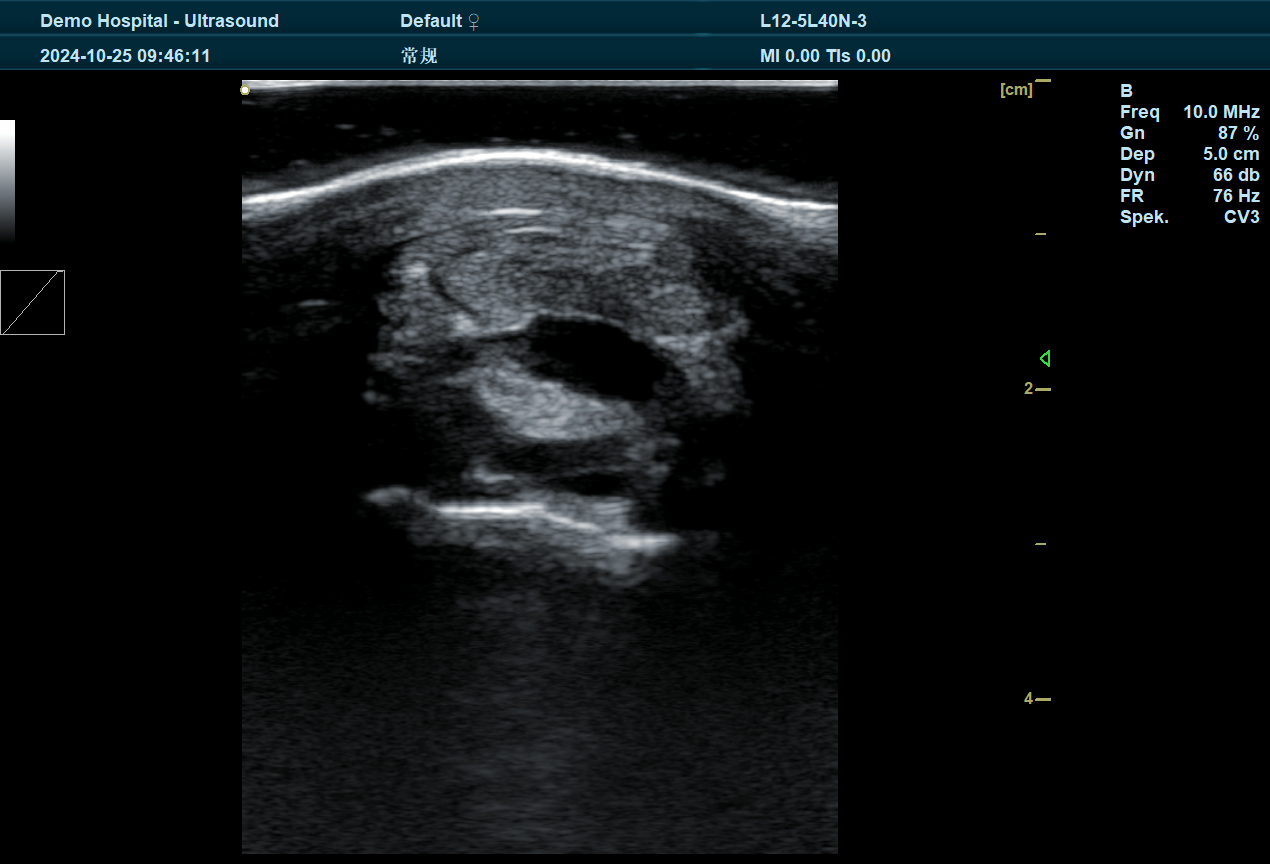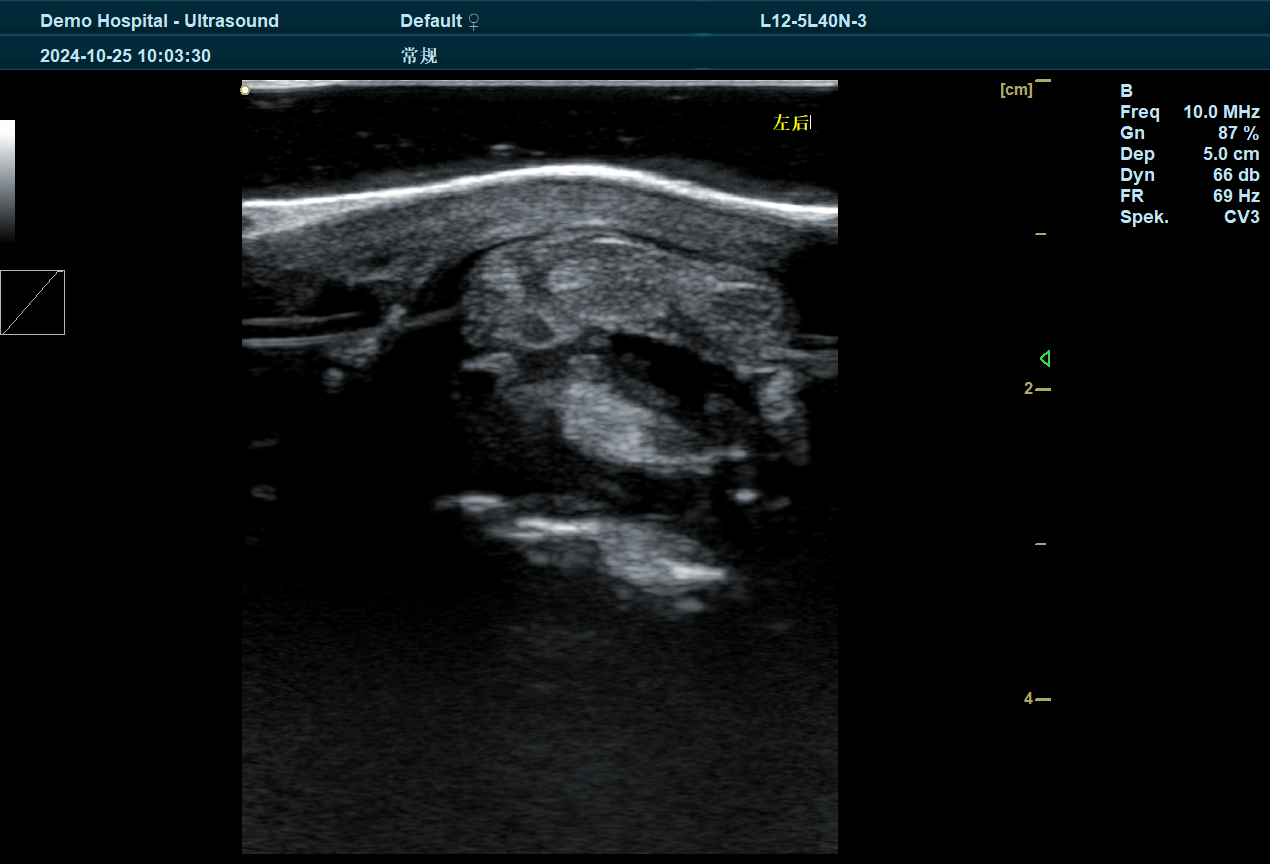Horse tendon injuries are a common concern for equestrians and veterinarians alike. Tendon injuries can significantly impact a horse’s performance, longevity, and overall well-being. Whether the horse is an elite athlete in competitive sports or a companion animal, tendon health is crucial to its mobility and ability to work. BXL ultrasound testing of horse tendons has become an indispensable tool in diagnosing, monitoring, and treating tendon injuries in horses. This non-invasive, highly effective imaging technology offers detailed insights into tendon health, enabling veterinarians to provide more accurate diagnoses and more targeted treatments. In this article, we’ll explore how BXL ultrasound testing of horse tendons works, its benefits, and why it’s an essential tool for maintaining the health of horses.

What is BXL Ultrasound Testing of Horse Tendons?
BXL ultrasound testing of horse tendons refers to the use of high-frequency sound waves to create detailed images of a horse’s tendon structures. Tendons, which connect muscles to bones, are crucial for movement and stability in horses. When these tendons become damaged due to strain, overuse, or trauma, it can lead to a range of issues from mild discomfort to debilitating lameness.
Ultrasound technology allows veterinarians to visualize the tendons in real time, providing critical information about their structure, integrity, and potential damage. BXL ultrasound machines are specifically designed for equine use, providing high-resolution images of soft tissues like tendons, ligaments, and muscles, helping identify tears, inflammation, and other conditions that affect the tendons.

How Does BXL Ultrasound Testing of Horse Tendons Work?
The process of BXL ultrasound testing of horse tendons involves the use of a handheld ultrasound probe, which emits sound waves that penetrate the skin and underlying tissues. These sound waves bounce off internal structures and return as echoes, which are then converted into images on a screen.
In the case of tendon testing, these images help veterinarians assess:
- Tendon Structure: Normal tendons appear as uniform, smooth structures, while damaged tendons may show irregularities, tears, or scarring.
- Fluid Accumulation: Ultrasound can detect fluid accumulation around the tendon, indicating inflammation or injury.
- Tendon Thickness: Ultrasound can measure the thickness of the tendon, with changes indicating potential damage or inflammation.
- Tissue Abnormalities: The technology can highlight areas of soft tissue damage, including tears, strains, or other disruptions in the tendon fibers.
The Ultrasound Procedure
- Preparation: The area to be examined is cleaned, and a layer of ultrasound gel is applied to ensure proper transmission of sound waves.
- Imaging: The veterinarian moves the ultrasound probe along the affected tendon area. The probe transmits sound waves into the tissue, capturing real-time images.
- Analysis: The images generated are analyzed for signs of tendon damage, inflammation, tears, or scarring. The veterinarian will assess the degree of injury and determine the most appropriate course of treatment.
Applications of BXL Ultrasound Testing for Horse Tendons
1. Early Diagnosis of Tendon Injuries
One of the key benefits of BXL ultrasound testing is its ability to detect tendon injuries early. Tendon injuries often present with subtle symptoms, such as slight lameness or stiffness, making it difficult for owners and trainers to identify the issue without advanced diagnostics. Ultrasound allows veterinarians to examine the tendon tissue thoroughly, detecting even the earliest signs of damage before they escalate into more severe conditions.
- Detection of Tears: Ultrasound can reveal small tears or strains in the tendon fibers, which might not be apparent through a physical exam alone.
- Monitoring Tendon Integrity: Regular ultrasound exams can help track the health of the tendon over time, detecting any changes in its structure or condition that may require intervention.
2. Accurate Assessment of Injury Severity
In cases of tendon injury, determining the extent of the damage is essential for planning an effective treatment and rehabilitation strategy. BXL ultrasound testing provides clear, high-resolution images that enable veterinarians to assess the severity of tendon damage accurately. Whether the injury is minor or more severe, ultrasound helps guide treatment decisions, such as whether the injury requires rest, rehabilitation exercises, or surgical intervention.
- Grade of Injury: Tendon injuries are often categorized by grade (Grade 1 being mild and Grade 3 being severe). Ultrasound helps to determine the grade of the injury, which informs the recovery plan.
- Location and Extent of Damage: Ultrasound can precisely identify the location and extent of the damage, allowing veterinarians to develop a targeted treatment plan.
3. Monitoring Tendon Healing
Tendon injuries require time to heal, and during the recovery process, it’s essential to monitor the healing progress. BXL ultrasound testing provides an invaluable tool for tracking tendon healing and ensuring that the tendon is repairing properly. This allows veterinarians and trainers to adjust rehabilitation protocols as needed, optimizing recovery time and preventing reinjury.
- Scar Tissue Development: As the tendon heals, scar tissue can form. Ultrasound can monitor the formation of scar tissue, ensuring that it doesn’t interfere with the tendon’s function or strength.
- Recovery Progress: Regular ultrasound exams can monitor changes in tendon structure, thickness, and integrity, helping to determine when a horse is ready to return to training or competition.
4. Prevention and Routine Health Checks
In addition to diagnosing injuries, BXL ultrasound testing is also a valuable preventive tool. For high-performance horses or those with a history of tendon issues, regular ultrasound checks can help detect potential problems before they become more serious. Routine tendon assessments help catch early signs of overuse, wear, or micro-tears that may lead to more significant injuries if left undiagnosed.
- Preventive Monitoring: Horses that are actively involved in training, racing, or jumping are at a higher risk for tendon injuries. Regular ultrasound exams can provide an early warning system, allowing for timely adjustments in training or care.
- Long-Term Tendon Health: For horses that have had previous tendon injuries, ultrasound allows for continuous monitoring to prevent reinjury and ensure long-term tendon health.
Benefits of BXL Ultrasound Testing for Horse Tendons
1. Non-Invasive and Stress-Free
Unlike other diagnostic techniques, such as MRI or invasive surgeries, BXL ultrasound testing is non-invasive, which means it doesn’t require anesthesia or long recovery periods. The procedure is quick, and most horses tolerate it well, making it an ideal choice for routine checks and ongoing monitoring.
2. Real-Time Imaging for Immediate Results
BXL ultrasound provides real-time imaging, which means veterinarians can make immediate decisions based on the results. The ability to visualize tendon structures and identify abnormalities on the spot accelerates the diagnostic process, leading to quicker and more accurate treatment plans.
3. Improved Treatment Outcomes
With detailed images of the tendon injury, veterinarians can create more personalized treatment plans that specifically target the damaged areas. This leads to better recovery outcomes, reduced healing times, and improved long-term tendon health.
4. Cost-Effective
While the cost of ultrasound equipment may seem high, BXL ultrasound testing is cost-effective in the long run. By providing accurate and early diagnoses, it helps reduce the risk of more severe injuries that would require expensive treatments, surgeries, or long periods of rehabilitation. Moreover, monitoring tendon health can extend the competitive lifespan of high-performance horses, providing a good return on investment.
5. Better Preventive Care
Regular tendon ultrasound checks allow for early intervention and prevent small injuries from becoming larger, more costly problems. By investing in BXL ultrasound testing, horse owners and trainers can proactively manage tendon health and improve overall equine performance.
Cost of BXL Ultrasound Testing of Horse Tendons
The cost of BXL ultrasound testing of horse tendons can vary depending on factors like location, the complexity of the examination, and whether the test is part of a routine check or a more in-depth diagnostic assessment. On average, an ultrasound examination may cost between $100 and $400 per tendon area, with prices potentially higher for more extensive testing. While the initial cost may seem high, the investment pays off by enabling faster recovery, better management of tendon health, and preventing costly treatments for severe tendon injuries.
tags: BXL UltrasoundUltrasound


